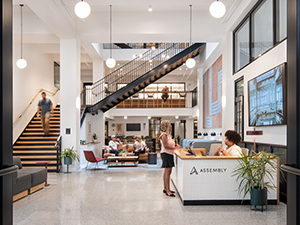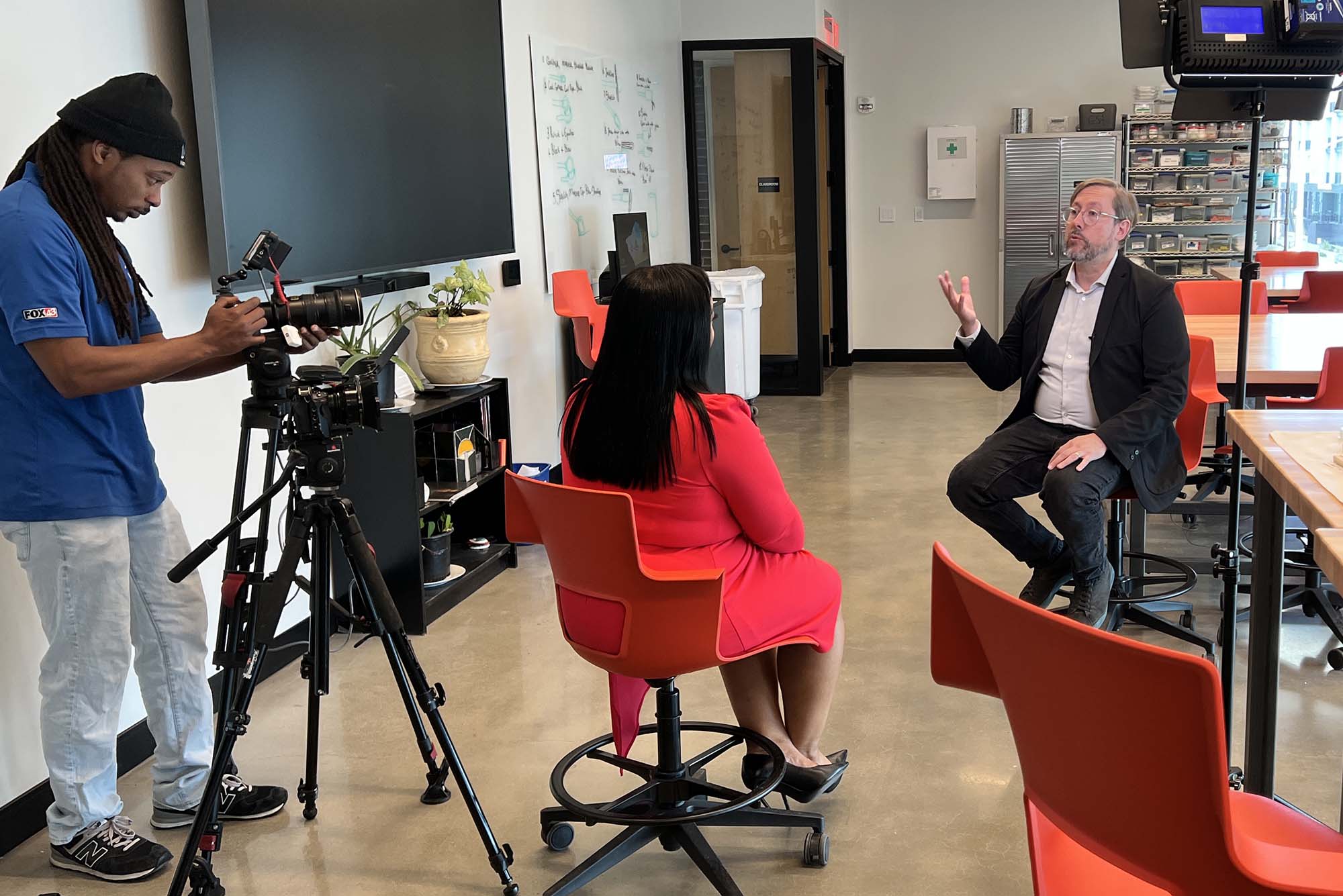
Expanded Perry Glass Studio Reopens at the Chrysler Museum of Art
The Perry Glass Studio at the Chrysler Museum of Art has officially reopened following a $30 million expansion. The museum...
Read More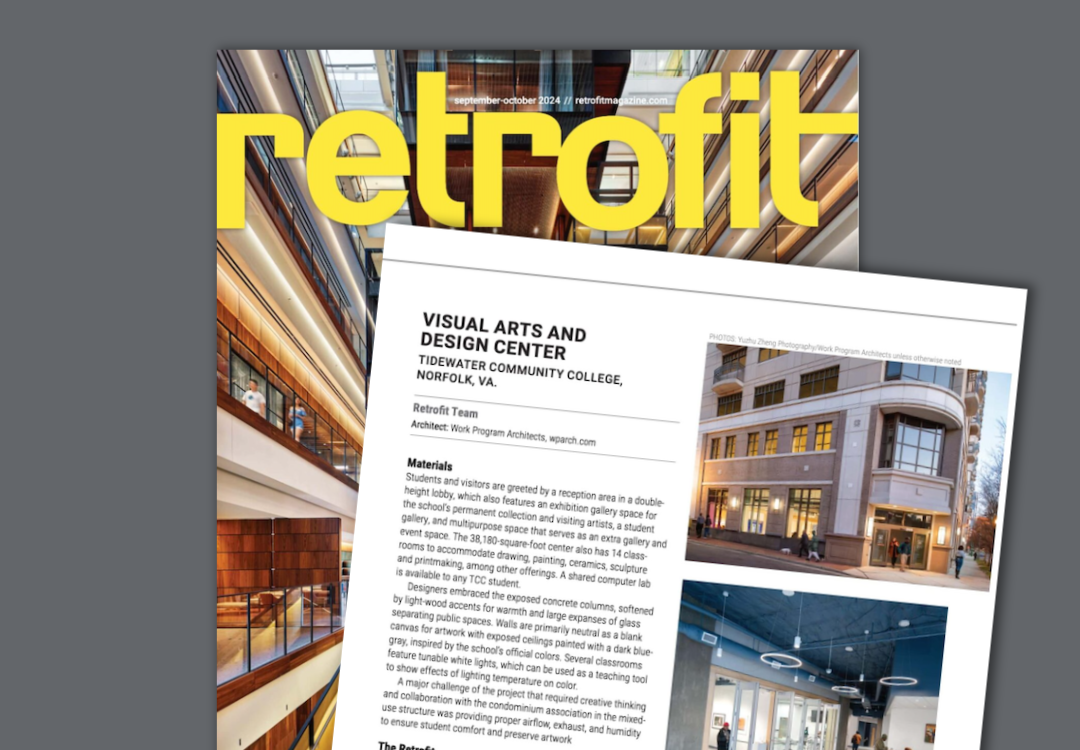
TCC Visual Arts and Design Center Featured in Retrofit Magazine
Students have now had a full year in the new Visual Arts and Design Center at Tidewater Community College, but...
Read More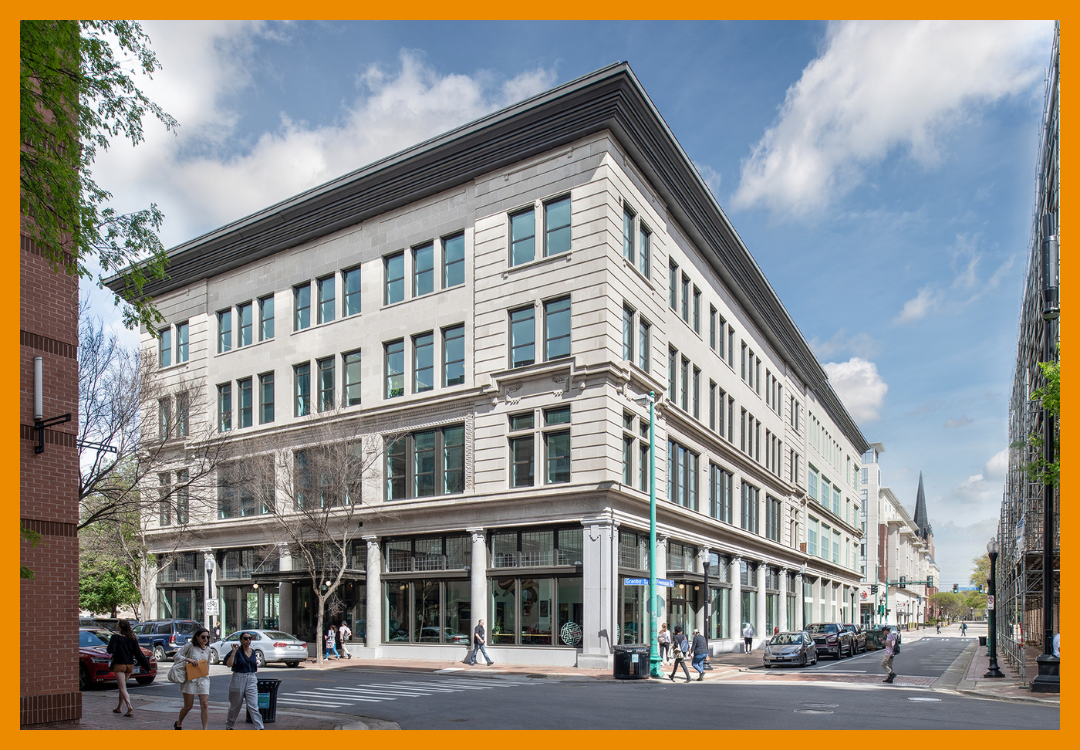
Preservation Virginia Recognizes Assembly With ‘Outstanding Preservation Project Award’
Assembly, the downtown Norfolk office campus housed in a century-old building, is being awarded The Gabriella Page Outstanding Preservation Project...
Read More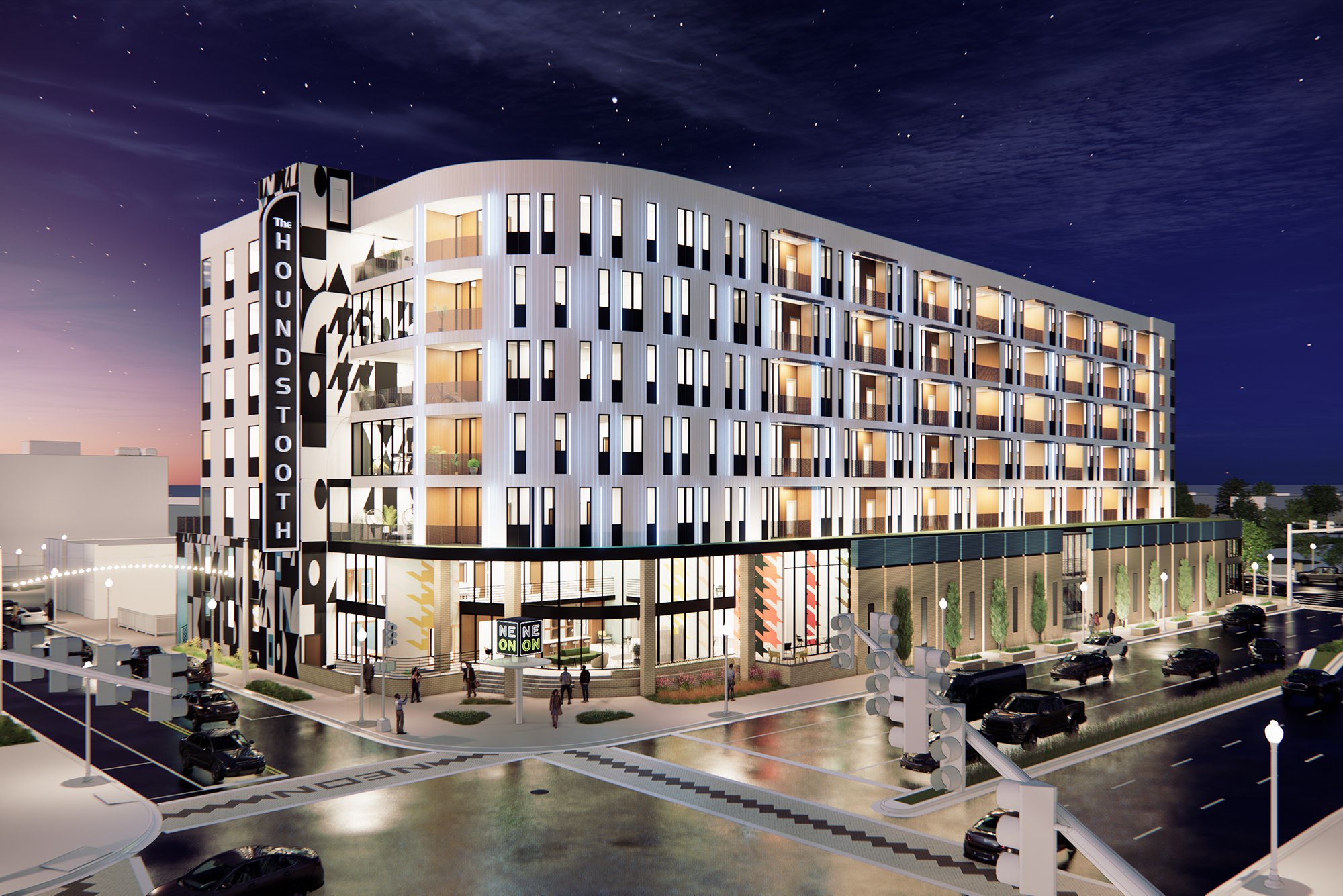
Houndstooth: the Redevelopment of the Greyhound bus station
We are excited to announce that we are partnered with Breeden on the design and development of “Houndstooth” on the...
Read More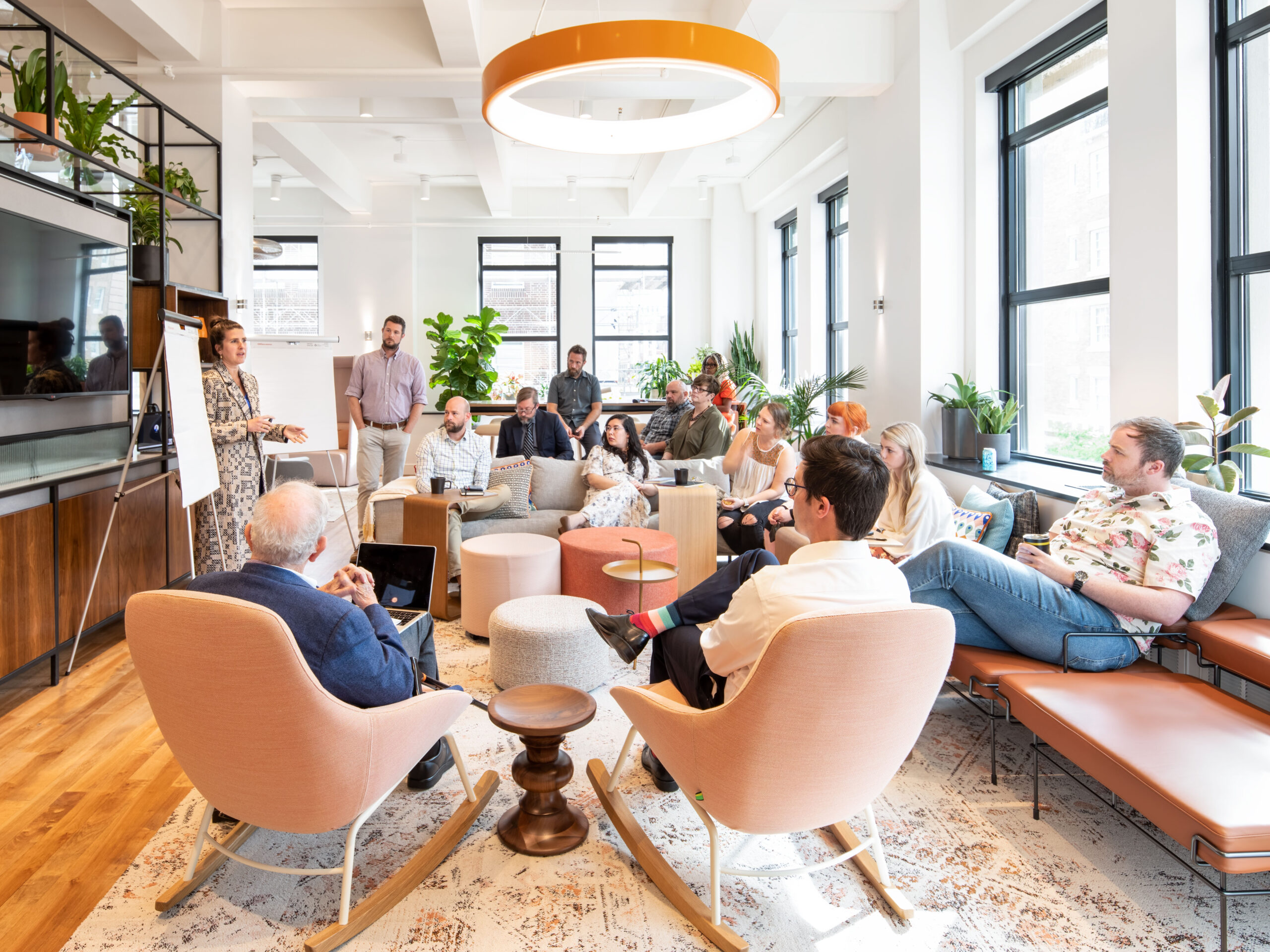
WPA in the News
The recent Inside Business article Architecture firm designs a ‘labor of love’ discusses our design process,
Read More
Now Hiring
WPA is looking to grow. We are hiring a Director of Urban Design, and a Senior Architect/Architect 3. Check out...
Read More
WPA 2023 Summer Internship Opportunity
WPA Summer Internship — Scholarship Program for Diversity Advancement WPA is accepting applications for summer of 2023 Diversity Advancement Internship...
Read More
Summer Internship Opportunity
WPA Summer Internship — Scholarship Program for Diversity Advancement
Read More